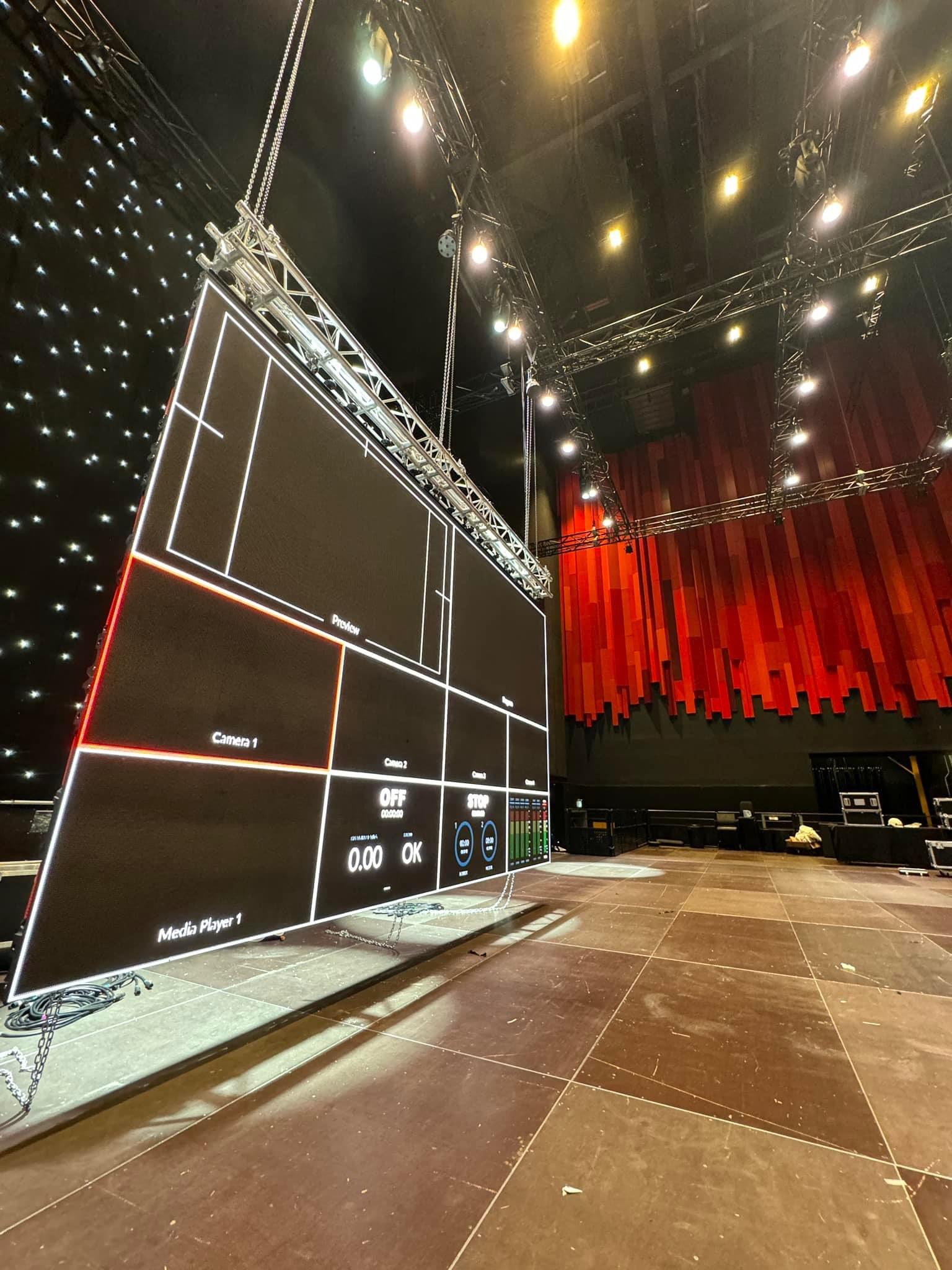Understanding the Common Factors of LED Panel Panel Malfunction
Wiki Article

Light Emitting Diode panel screens are commonly utilized in multiple settings, from ads to home cinemas. These panels are popular because they deliver bright and dynamic images while being energy-efficient. However, similar to all electronic gadgets, LED panel panels can experience malfunctions. Understanding the frequent causes of these failures is crucial for preserving their performance and ensuring durability. This article examines several critical elements that can lead to the malfunctioning of LED panel screens.
One of the primary common causes of malfunction in LED wall screens is excessive heat. LED technology generates heat during operation, and if this heat is not adequately controlled, it can damage internal parts. Poor ventilation or inadequate cooling mechanisms can worsen the issue. When the temperature rises beyond the suggested levels, it can lead to reduced brightness, color deviation, or total failure of the panel. Regular maintenance, including cleaning air openings and ensuring proper airflow, can assist prevent overheating and extend the life of the screen.
Another major cause contributing to LED wall panel malfunction is electricity spikes. Fluctuations in the power supply can cause damage to electronic parts within the screen. Sudden spikes in electricity can lead to blown fuses or damaged circuits, resulting in malfunctioning displays. Using surge safeguards and power regulators can mitigate this risk by stabilizing the power supply and visit this site protecting sensitive digital components. Ensuring that the power system is up to code and capable of handling the power requirements of the panel is also essential.
External conditions play a crucial role in the functionality of LED wall panels. Exposure to extreme temperatures, humidity, or debris can negatively impact their functioning. For example, high moisture can result to moisture buildup inside the panel, which can cause short circuits or damage of internal parts. Similarly, excessive dust build-up can block ventilation and result to overheating. Installing LED panels in controlled settings and frequently maintaining them can help preserve optimal functionality and prevent failures.
Additionally, production defects can lead to early failures in LED wall panels. Quality control during production is crucial to guarantee that each screen meets industry standards. Faulty components or poor check assembly can result in problems such as inactive pixels or irregular brightness. It is crucial for consumers to purchase LED wall panels from trusted brands that provide guarantees and service. This guarantees that any potential defects can be addressed quickly, minimizing downtime and annoyance.
In summary, comprehending the frequent causes of LED wall panel malfunction can help consumers take proactive measures to ensure their longevity and functionality. By tackling overheating, safeguarding against power spikes, considering external factors, and choosing quality products, consumers can greatly reduce the risk of malfunction. Regular care and awareness of these elements will lead to a better experience with LED wall screens, regardless for personal or business application.